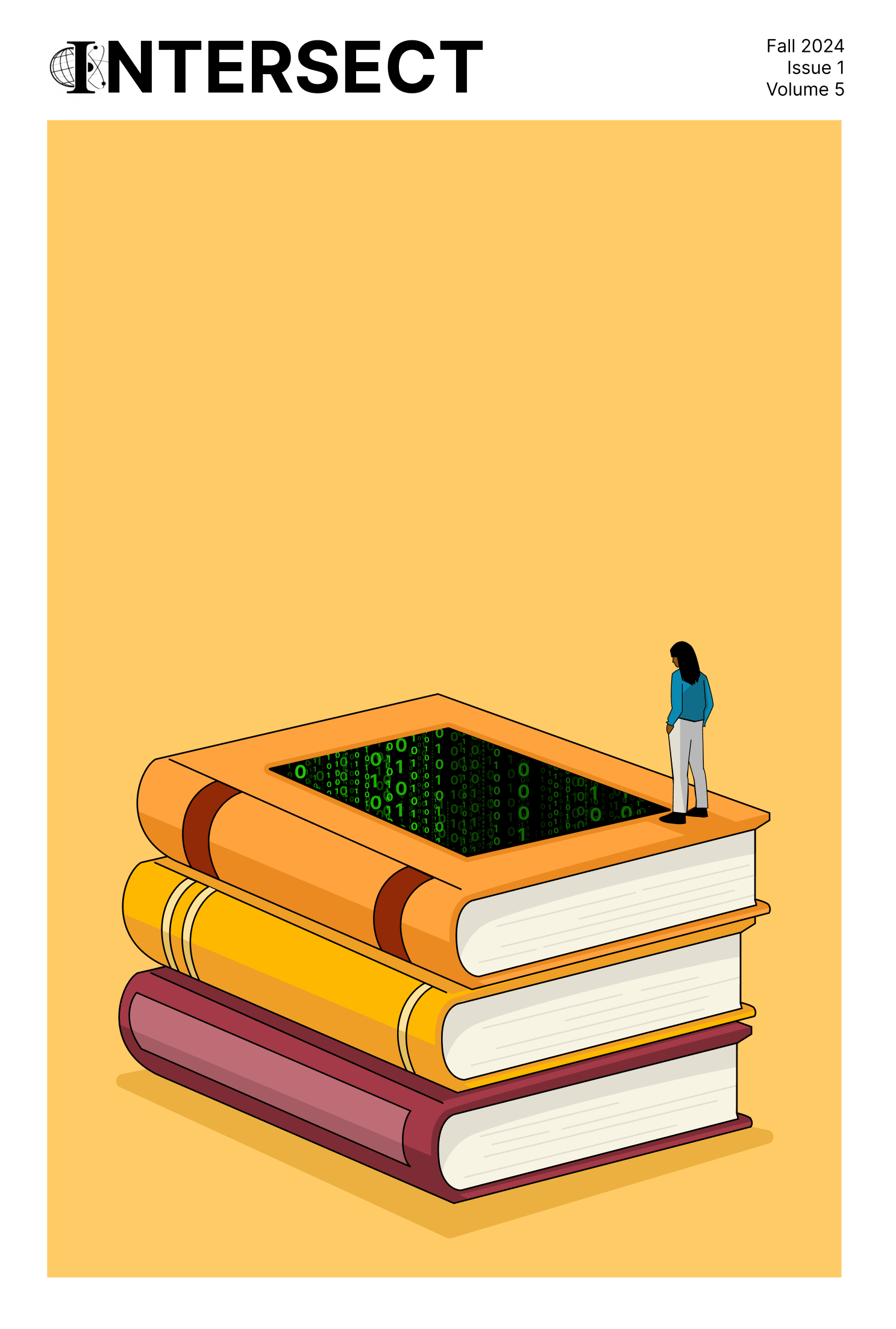The Role of Artificial Intelligence in Enhancing Renewable Energy Efficiency: A Case Study on Solar and Wind Energy Optimization
Abstract
This paper explores the transformative role of artificial intelligence (AI) in enhancing the efficiency and functionality of renewable energy systems, focusing on solar and wind energy optimization. Solar and wind energy, as key players in the global energy transition, are not just environmentally beneficial but also socially transformative, offering affordable energy solutions to underserved communities. For instance, low-income families in Pakistan increasingly adopt solar energy due to its affordability compared to traditional energy sources (Asian Development Bank [ADB], 2022). The paper highlights AI applications such as predictive maintenance, optimization of energy output, and integration with energy storage, emphasizing their potential to improve the reliability and sustainability of renewable energy systems. Concrete examples include AI-powered solar panel tracking systems increasing efficiency by 20% (Massachusetts Institute of Technology [MIT], 2021), Google’s DeepMind predicting wind power output 36 hours in advance to enhance value by 20% (Google, 2019), and a Danish wind farm utilizing AI to optimize layout, achieving a 12% increase in energy production (Technical University of Denmark, 2020). The research underscores AI’s role in not only driving technical innovation but also addressing global energy inequities.
Downloads
Published
Data Availability Statement
Data Availability Statement:
The data supporting the findings of this study are available from publicly accessible databases, including reports from the International Renewable Energy Agency (IRENA), the International Energy Agency (IEA), and case studies from the National Renewable Energy Laboratory (NREL). Additional data generated during the analysis, such as AI-based optimization models and algorithms, can be provided by the authors upon reasonable request.
Issue
Section
License
Copyright (c) 2025 Intersect: The Stanford Journal of Science, Technology, and Society

This work is licensed under a Creative Commons Attribution-NonCommercial-NoDerivatives 4.0 International License.
Authors who publish with this journal agree to the following terms:- Authors retain copyright and grant the journal right of first publication with the work simultaneously licensed under a Creative Commons Attribution License that allows others to share the work with an acknowledgement of the work's authorship and initial publication in this journal.
- Authors are able to enter into separate, additional contractual arrangements for the non-exclusive distribution of the journal's published version of the work (e.g., post it to an institutional repository or publish it in a book), with an acknowledgement of its initial publication in this journal.
- Authors are permitted and encouraged to post their work online (e.g., in institutional repositories or on their website) prior to and during the submission process, as it can lead to productive exchanges, as well as earlier and greater citation of published work (See The Effect of Open Access).

